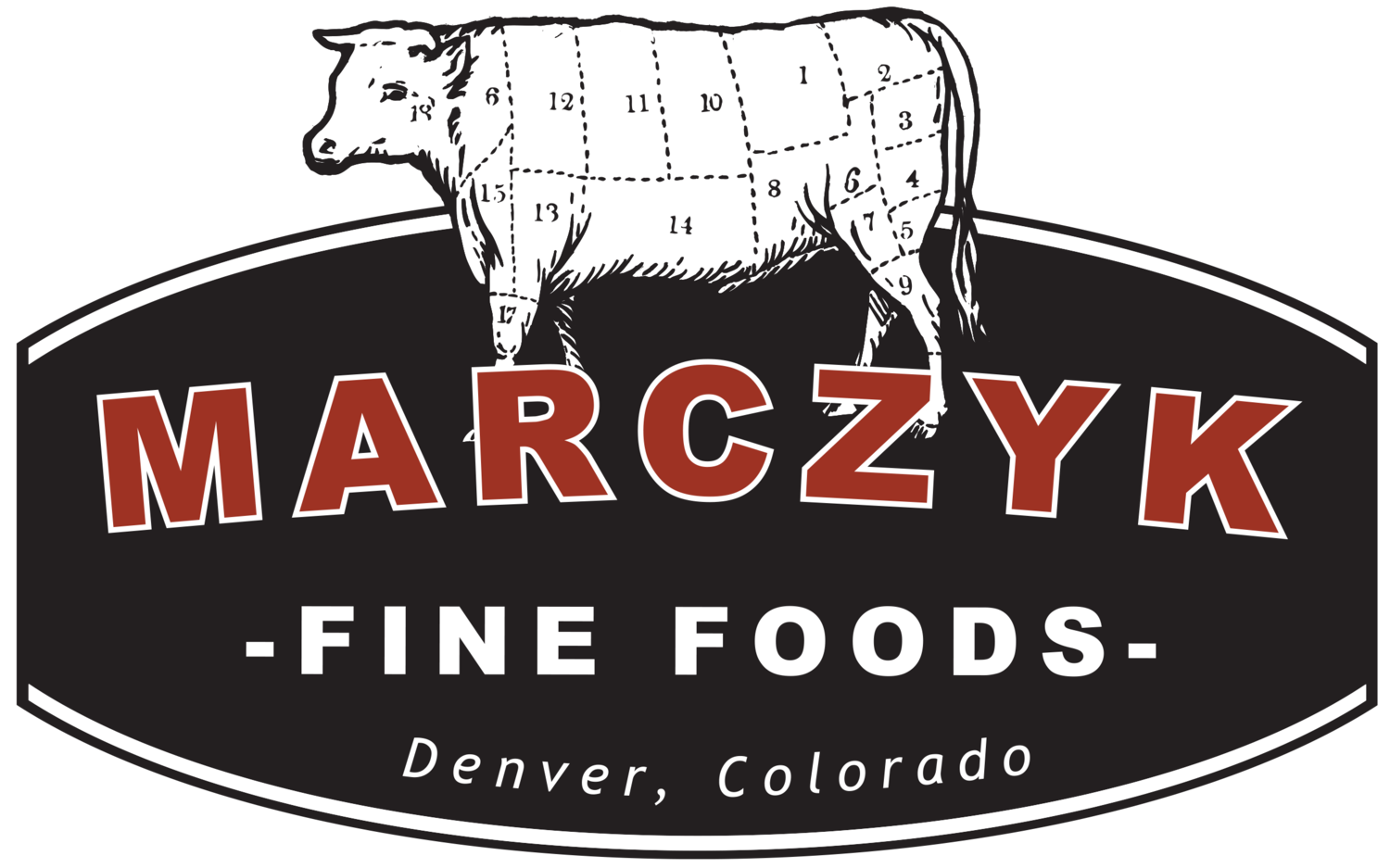Poulet en Persillade
(Chicken baked with Edmond Fallot Tarragon Dijon mustard, parsley, and garlic, in a cream sauce)
By Bill St. John
Mustard is one of the more ancient of food flavorings. A member of the cabbage family, mustard seeds come in white, brown ("yellow"), and black. They contain enzymes and other compounds that, when crushed and put in the presence of a liquid (commonly water, wine, or verjus, the unfermented juice of unripe grapes) release piquant and volatile esters. Our eyes, palates, and sinus cavities know all about that.
To counter that edge, mustard makers mollify the crushed seeds' fire with sweeteners and other flavorings. Or with time. Anyone with a jar of mustard that's six months over its "consume by" date knows that it is a shadow of its earlier self.
Heat also tempers mustard's own "heat." Indeed, a commonplace in Indian cooking is to fry mustard seeds in a small amount of oil or ghee to turn the seeds mild and make them into nutty wee polka dots.
This recipe from renowned French chef and cooking instructor Simca Beck uses a mustard flavored with fresh tarragon leaves. You may fashion your own from everyday Dijon-style mustard and tarragon — or you might buy a jar of Edmond Fallot Tarragon Dijon mustard, wherein that much of the prep work is done for you.
A "persillade" is a finely minced mixture of fresh garlic and fresh flat-leaf parsley. The recipe has you slather the mustard onto the chicken pieces, top them with the persillade, add some braising liquids, and there you have it, "Poulet en Persillade."
Poulet en Persillade
Adapted by Bill St. John from New Menus from Simca's Cuisine, by Simca Beck with Michael James (Harcourt Brace Jovanovich, 1979).
Serves 6.
Ingredients
2 fine, fresh chickens, each 3 1/2 to 4 pounds, cut into serving pieces
2-3 tablespoons Edmond Fallot Tarragon Dijon Mustard
6 cloves garlic, peeled
8-10 large sprigs of parsley
1 cup concentrated chicken broth (made from Better Than Bouillon paste, if you wish)
3 tablespoons red wine vinegar
2/3 cup heavy whipping cream
Salt and freshly ground pepper, as needed
1 teaspoon chopped fresh tarragon or parsley (optional)
Recommended equipment: A stovetop- and oven-proof pot (such as enameled cast-iron or a stainless steel high-walled Dutch oven), large enough to hold pieces of chicken in one layer.
Directions
Pat the pieces of chicken dry and coat them generously with the mustard. Finely chop the garlic and parsley together in a food processor or with a knife. Pour the chicken broth and vinegar into the bottom of the baking dish; sprinkle in half of the persillade — the chopped garlic and parsley. Arrange the chicken in the dish and sprinkle with the remaining persillade. Cover with a piece of buttered foil. The dish can now wait for an hour or so at room temperature before baking.
Bring the liquid in the dish to a simmer on top of the stove, then bake the chicken in a 375-degree oven for 35-40 minutes. Turn the pieces once or twice as they cook; you may remove the pieces of the white meat from the oven 5 minutes sooner than the dark, as they tend to cook faster. The chicken is done when it is fairly firm to the finger, still moist, and only faintly pink at the bone; it should not overcook or it will be dry.
Transfer to a serving platter and keep warm in the turned-off oven (about 200 degrees). Pour the heavy cream into the baking dish, stir it well to deglaze the baking juices, and reduce over medium-high heat. After 8-10 minutes you should have a sauce of nice consistency; taste it for seasoning. Pour a bit of the sauce over the chicken and sprinkle with the chopped fresh tarragon or parsley. Pass the remaining sauce in a sauceboat.
To prepare the dish an hour or so in advance, cook the chicken for 30 minutes, then remove it to an ovenproof platter and cover it with foil (remove the breast meat 5 minutes before the dark meat). Finish the sauce as directed and pour it into a saucepan. Twenty minutes before serving, place the chicken in a 350-degree oven to finish its cooking and warm it through. Reheat the sauce and serve with the chicken as directed above.


